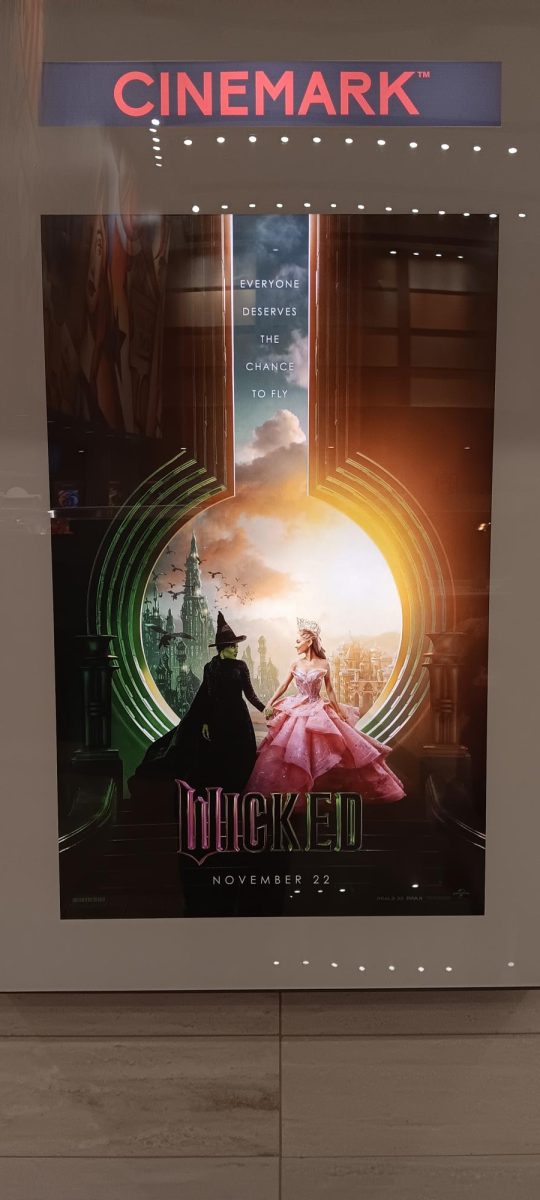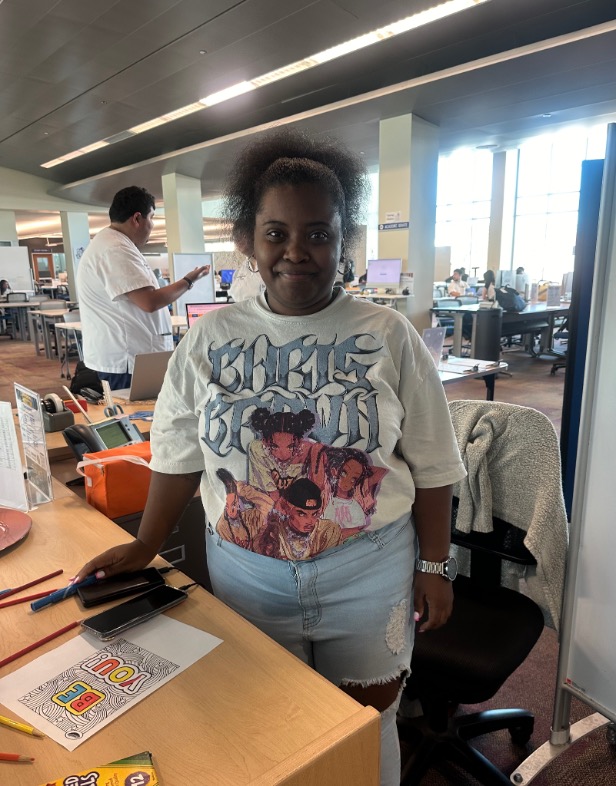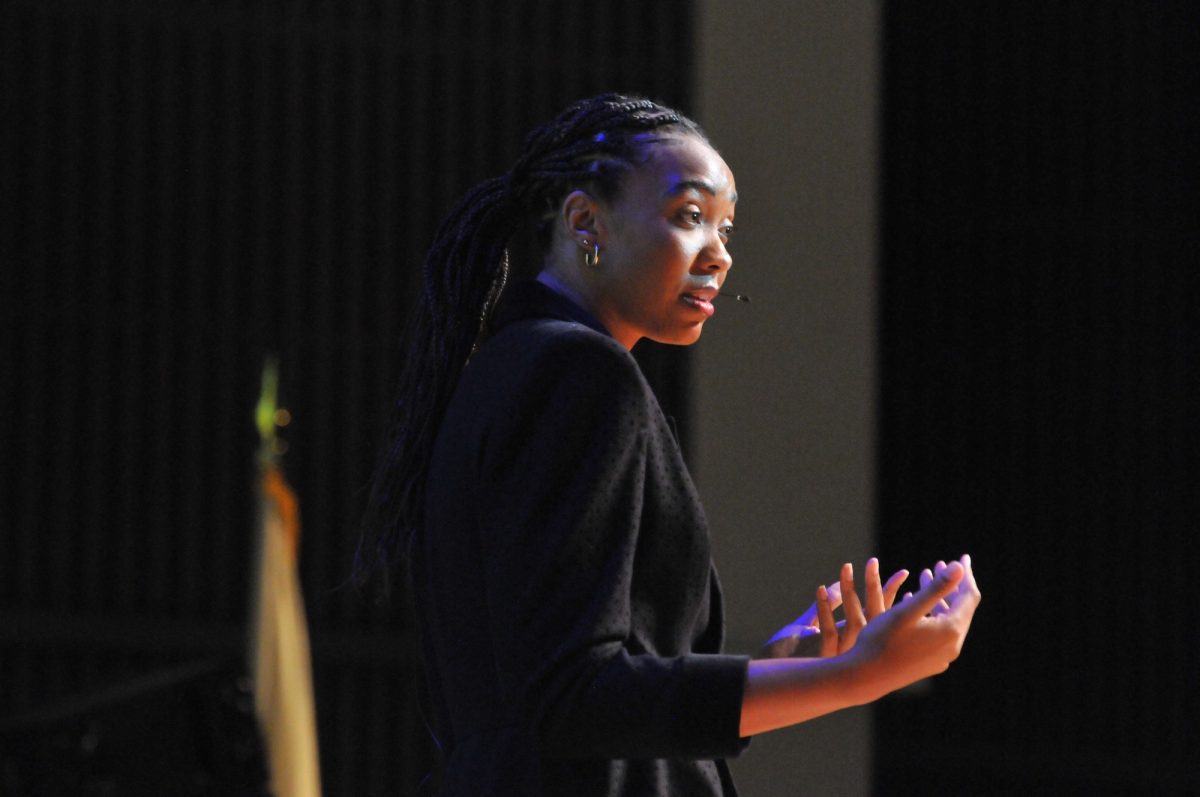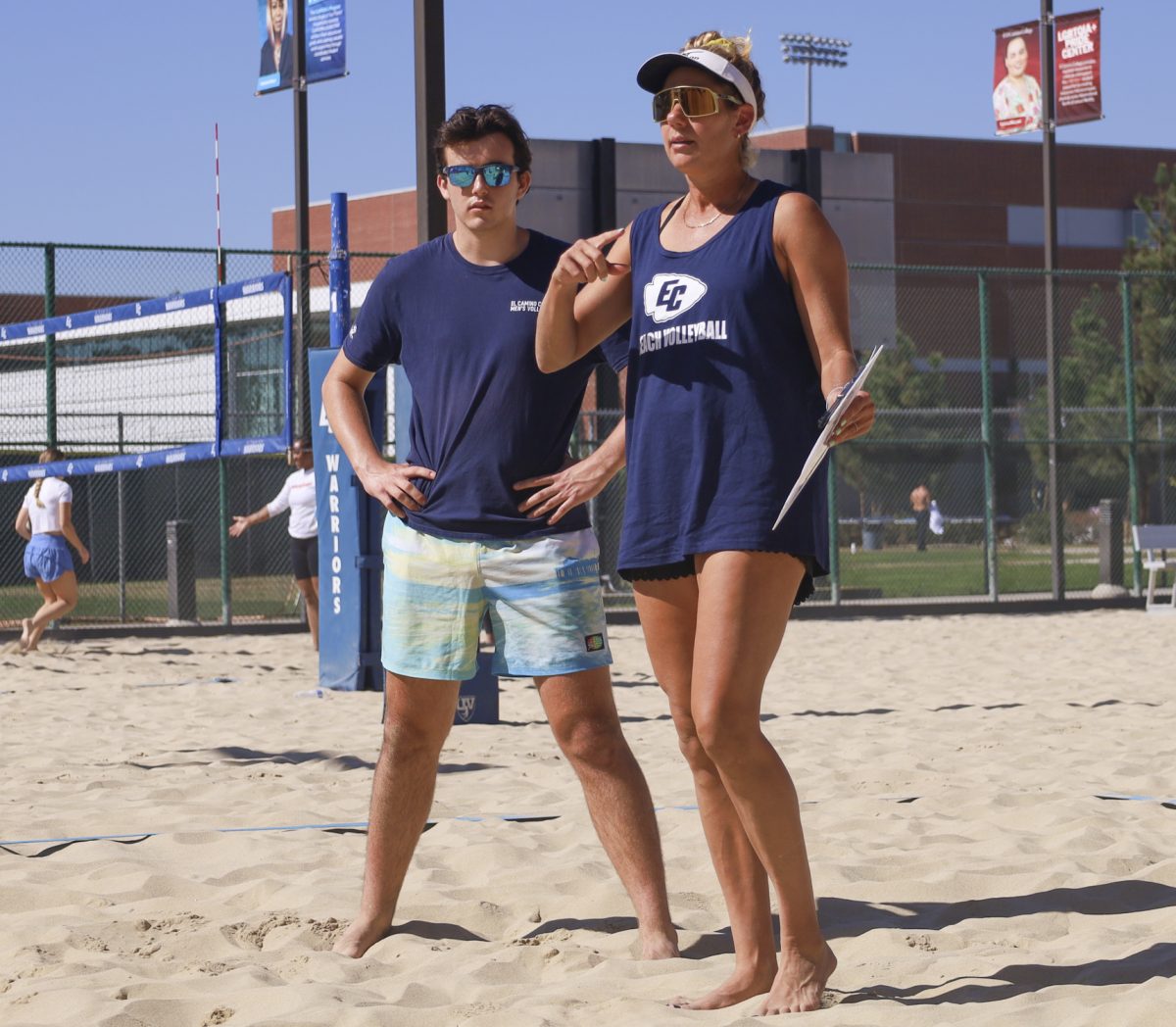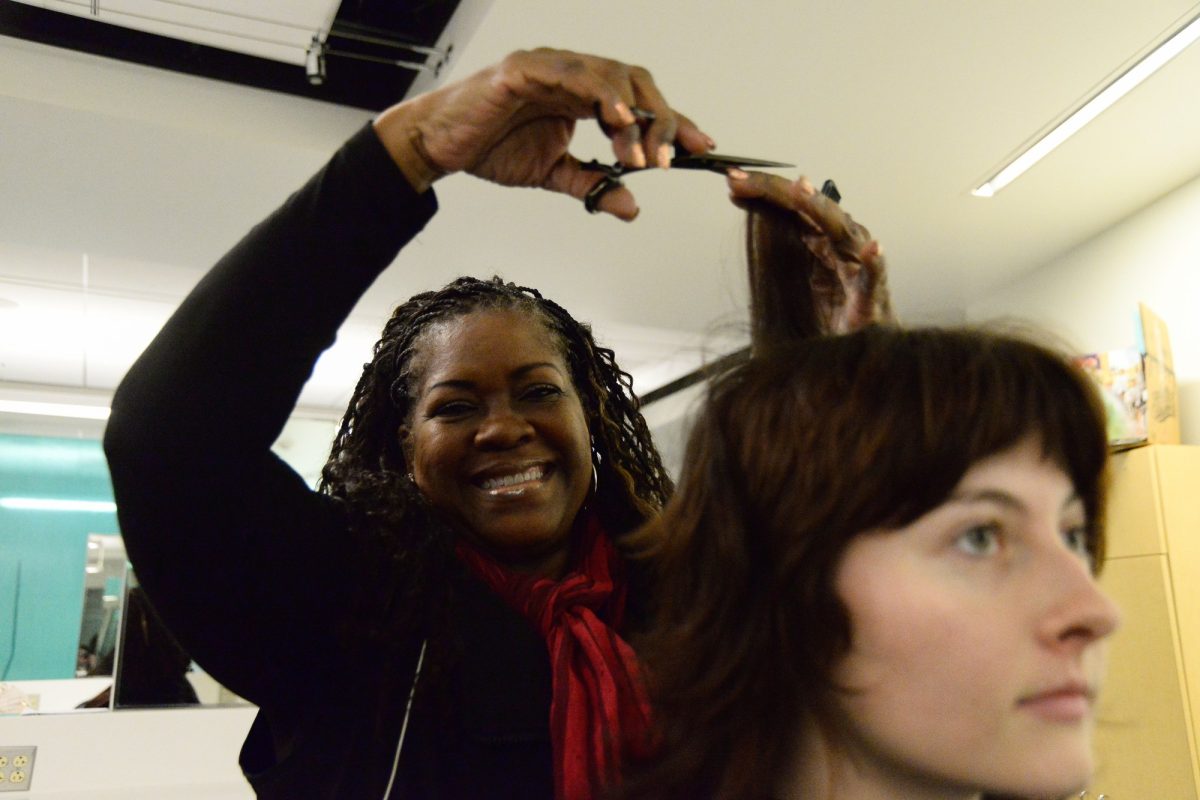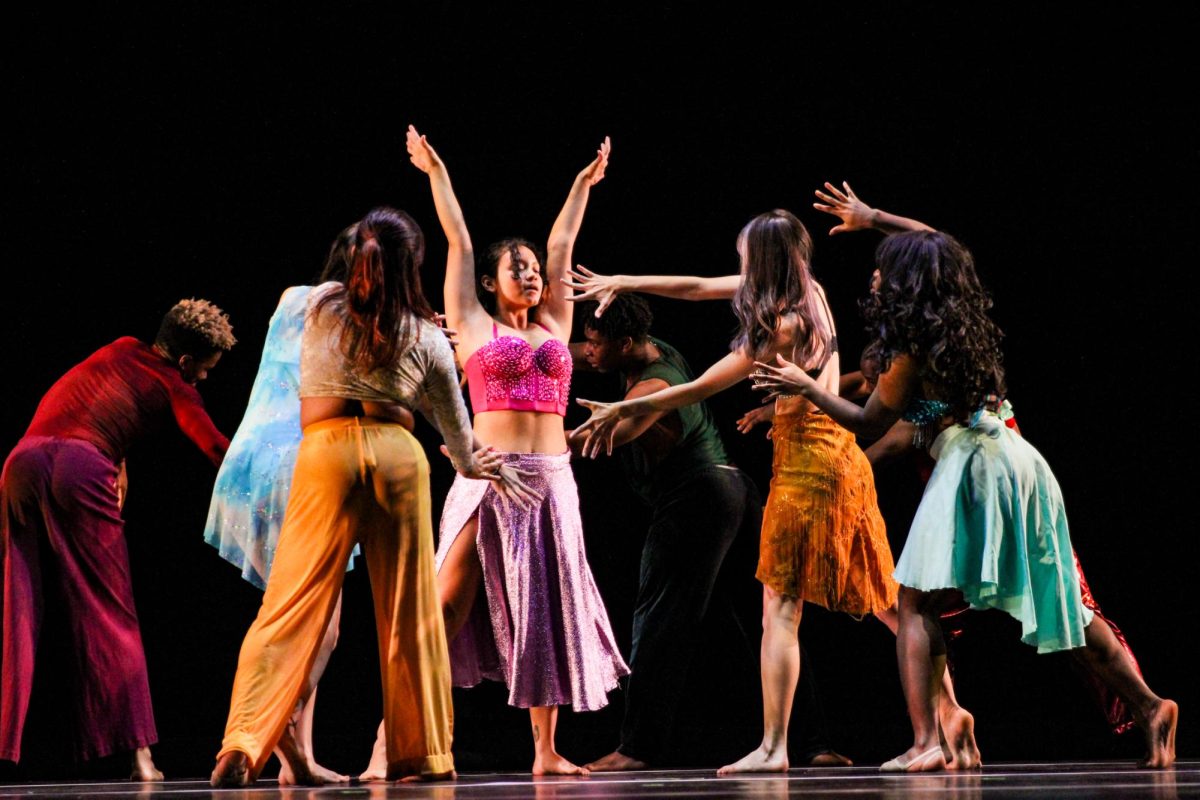Just an elevator ride up to the third floor of the Arts and Behavioral Sciences Building and one is transported into a stringed–instrument heaven.
Professor Blair Gibson of the anthropology department, along with his student assistants, have presented students with a free exhibit dedicated to the evolution of guitars titled, “The Guitar: The Instrument Heard Around the World.”
Gibson, who is an archaeologist and has a doctorate in anthropology from UCLA, saw the guitar as a perfect representation of anthropology.
“In anthropology, you learn how cultural ideas get adopted by different cultures and get remade to fit the norms or the interests of the culture. The guitar is a beautiful case in play,” Gibson said. “It has changed so much from its origins that it’s barely recognizable from its early beginnings.”
The anthropology department puts up one exhibit per year with the help of Anthropology 20 (Introduction to Museum Studies) students. Each exhibit is taken down at the end of September to make room for a new exhibit.
“Putting up an exhibit is labor extensive. They do a lot of work. The exhibit wouldn’t have gone up if it weren’t for two very fine student assistants, Olivia Havens and Brittany Holtson,” Gibson said.
The Anthropology Museum is open from 8:30 a.m. to 4:30 p.m.
Conducting a poll at the end of each semester in his classes, Gibson creates ideas for each of the museum exhibits.
“I think the guitar theme in the museum turned out great, especially considering the limited time we had to assemble. We’re very fortunate to have guitars from a lot of people willing to let us borrow them,” Holtson, 23, psychology major, said.
The exhibit displays the oud, which is traced back to its roots in the Near East, which is also considered the oldest instrument in the exhibit. “The oud transformed into the lute, traveled through Mediterranean cultures, evolved into the Spanish guitar, then into today’s electric guitars and the ukulele. Each culture just took the guitar and then remade it,” Gibson said. A lot of the display came from the Folk Music Center in Claremont, which is a non-profit group that functions as a shop.
“When I asked if they had enough guitars to put out an exhibit, I was taken to the back where they had racks filled with guitars and cases. I just filled in the gaps by asking friends and family,” Gibson said. Gibson also said at times he is lucky enough to find a collector in one of his classes or find someone who can make him aware of a collector.
“This time I was inspired by students I saw just strumming away outside of class,” Gibson said.



